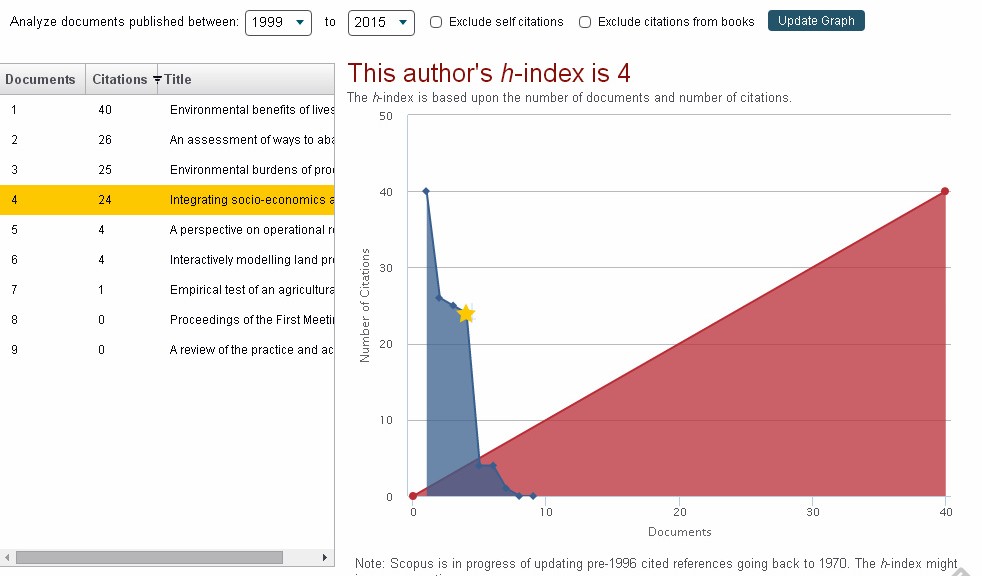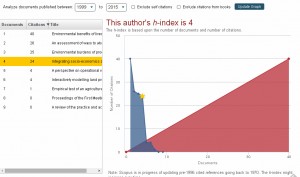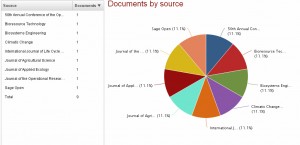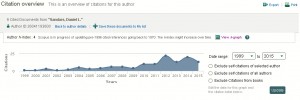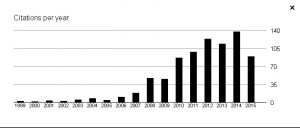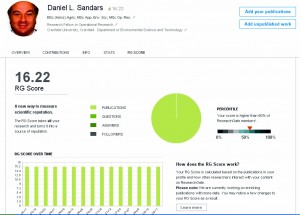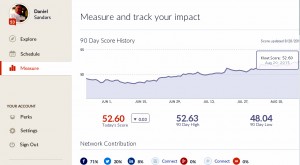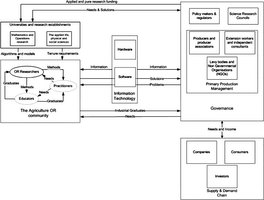CAD has already been adopted in other parts of Europe and new sites are planned in the UK. Until now, the claimed environmental benefits of CAD could be based only on extrapolation of results from other countries, and are therefore uncertain for UK conditions. Hence, when the first UK CAD site comes into operation in 2002, it will provide an ideal opportunity for this project to complete a #Life Cycle Assessment of the process, based on physical measurements of actual emissions, so enabling performance and cost comparisons to be made with other manure management strategies.
This project will help to meet DEFRA’s policy needs in connection with international agreements such as the Kyoto Protocol and the EU Burden Sharing Agreement. Specifically, it will provide research evidence to determine the true potential of CAD as a cost-effective control option. This will be relevant to meeting the requirements of the #Agriculture Working Group within the European Climate Change Programme. The project will also begin to establish â??bench marksâ? for good practice, so helping with assessments of the possible impacts of other CAD plants that may be proposed in the future.
01 To establish a detailed working plan in conjunction with the owners, constructors and operators of the CAD plant to be monitored. This will also include formulation of an outline LCA and the definition of the key process and environmental measurements needed.
03 To undertake a period of at least 18 months of plant monitoring, comprising three campaigns, each of at least six months duration. This will include sufficient time for any start-up difficulties to be resolved, and will thus establish a clear picture of true plant performance. The monitoring will also include emissions from the peripheral activities such as collection, transport, storage and land spreading. These will be undertaken on a periodic basis according to process schedules.
Stored slurries on UK farms emit substantial amounts of methane. Previous MAFF funded research (e.g. CC 0222), has shown that farm-scale anaerobic digestion (AD) can reduce in these emissions as well as generating useful amounts of heat and electrical energy and assisting in the safe recycling of wastes (in the interests of sustainable waste management). However, despite these benefits, AD is not widely used in UK agriculture. Capital costs and substantial management requirements are obvious dis-incentives to its adoption, although both of these charges can be reduced substantially per unit volume of slurry treated by using much larger, centralised AD (CAD) plants. For instance, co-processing with other wastes can generate revenues from gate fees.


